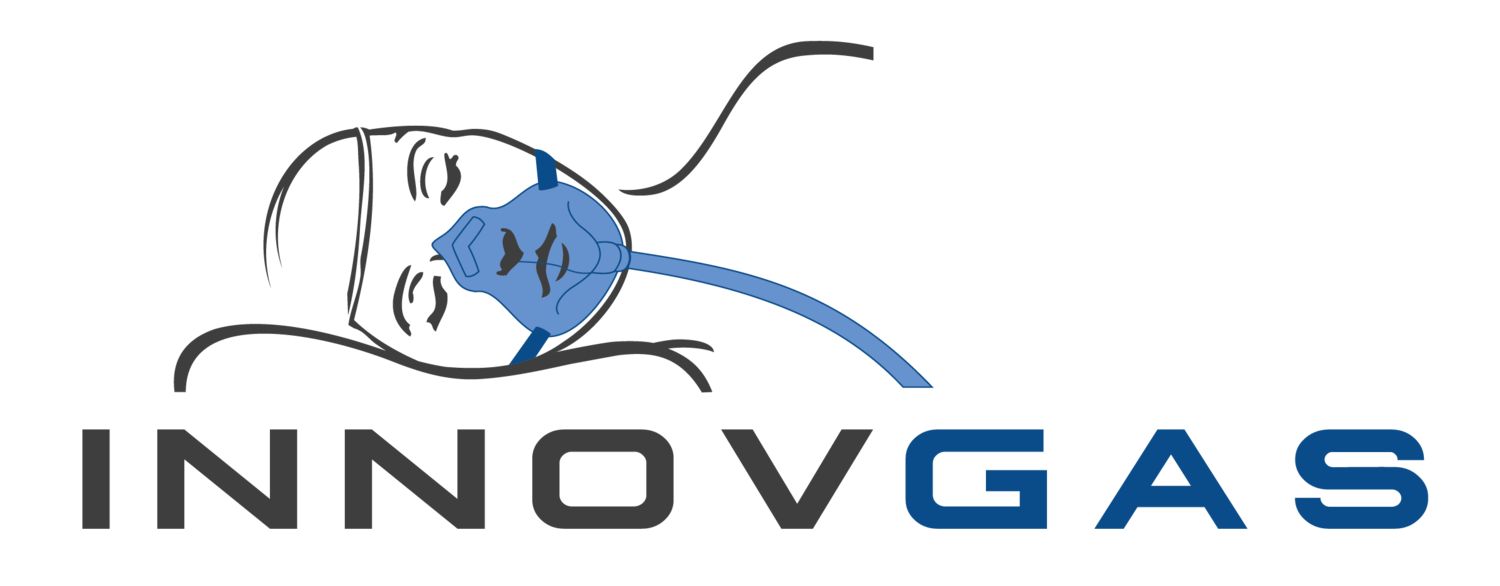Sadly, it’s become a familiar and depressing sight
What is Medical Evacuation (Medevac)?
Medical evacuation, or medevac, is the process of transporting injured or sick people from a dangerous or remote area to a medical facility where they can receive proper care. Medevac is a vital component of humanitarian aid and military operations, as it can save lives and reduce suffering.
The Challenges of Medevac in Conflict Zones
However, medevac is not an easy task, especially in a war zone. There are many challenges and risks involved, such as enemy fire, landmines, improvised explosive devices (IEDs), bad weather, poor infrastructure, and limited resources. Therefore, medevac requires careful planning, coordination, and execution by trained and experienced personnel.
Essential Steps in Medevac Operations
Medevac usually involves a combination of transport via land, sea, and air. Regardless of the type of medevac, there are some general steps that need to be followed:
Key Components of Medevac
Assessing the severity and urgency of the patients' conditions and prioritizing them accordingly. Triage helps to allocate the limited resources and optimize the outcomes. Triage can be done by medical personnel on the scene or by remote communication with a medical facility.
Basic life support and first aid need to be provided to the patients until they can be transported.
Patients need to be moved from the point of injury to the point of departure.
Patients then need to be moved from the point of departure to the point of arrival.
Finally, when the patients get to the medical facility or the safe zone they need to be handed over to other medical personnel.
Risks Associated with Medevac
The risks of medevac vary depending on the type of transportation, the location, the security situation, and the patients' conditions.
Protecting Patients During Medevac
To protect patients, medevac teams need to assess the patients' conditions before transporting them. Secure transport such as armored ambulances and military helicopters, along with safe routes and landing sites, are crucial.
The Role of Triage in Resource Allocation
Medevac teams need to respect the patients' rights and wishes during transportation; this helps to preserve their dignity, autonomy, comfort, and well-being.
Securing Patients for Safe Transportation
Securing patients during transportation is a vital step. Protective equipment, such as helmets, vests, gloves, blankets, etc., are needed both for the medevac team and their patients.
The Importance of Eye Protection in Medevac
One item often overlooked is protecting the patients’ eyes during medevac. It's crucial to safeguard against potential blindness on top of existing injuries. NoPress offers unique eye protection that is indispensable in such situations. Consider getting a free sample to experience the benefits of NoPress firsthand.
Medevac is a complex and challenging operation that requires teamwork, professionalism, and compassion. By adhering to these guidelines and international humanitarian law and human rights principles, medevac teams can secure patients and improve outcomes even in war zones.
Author: Niall Shannon, European Business Manager, Innovgas
This article is based on research and opinion available in the public domain.
Interested in a Free Sample?
Free samples of NoPress, EyePro & BiteMe available upon request.
Conditions apply.




